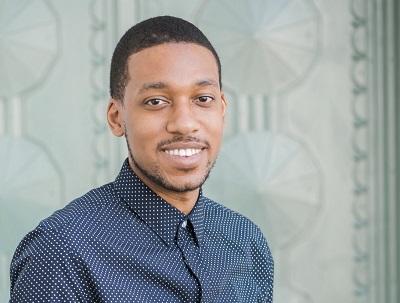A biostatistics omnivore

Lorin Crawford is working hard to expand the scope of the field of biostatistics. Crawford is the RGSS Assistant Professor of Biostatistics affiliated with the Center for Computational Molecular Biology and the Carney Institute for Brain Science, as well as a senior researcher at Microsoft New England, and in the last two years has received both the Alfred P. Sloan Research Fellowship and the Packard Fellowship. Crawford’s approach is omnivorous and wide-ranging, concerned more with pushing the methodological envelope than with any specific problem or application. “We use shape variation as a way to explain genotypic or phenotypic variation,” says Crawford. Crawford’s work on glioblastoma parallels Duan’s work on lung cancer, demonstrating that structural patterns of tumors better predict key outcomes than gene expression.
Crawford is now working on an analytical tool that could parse the key topological features of almost any object, from teeth to proteins. Called SINATRA (for Sub-Image Analysis using Topological Summary Statistics), the tool aims to “bridge the gap between the new conceptual technologies and new physical technologies we have,” says Crawford. “I love the name SINATRA. It’s an acronym, it stands for something, but it’s also a project that takes everything we do in my lab—the genetics, the statistics, and the really hard math—and kind of mixes it all together into one cohesive ‘sound.’” The model was trained on data from primate teeth, collaborating with anthropologists to analyze the structural features that differentiated the teeth of carnivores and herbivores—which have a more limited range of variation—what Crawford calls “low intra-class heterogeneity”—than tumors. But Crawford has his sights set on some of the hardest challenges—and complex shapes—known to science. Working with Was Shing Tang, a physics graduate student, and other members of his lab, Crawford is developing SINATRA Pro to analyze the highly flexible structure of proteins.
Crawford says that Brown is uniquely conducive to this sort of innovative, interdisciplinary work. “The thing I love about people at Brown is other people also mostly work at the intersection of different fields. You’ll have someone like Brenda Rubenstein [Joukowsky Family Assistant Professor of Chemistry] who’s in chemistry, but also knows a lot of physics, and a lot about statistics and Gaussian processes and stuff. At Brown, you have a department, but if you look beneath the surface people have all these different skill sets. So it’s easy to meet someone and say ‘These are the things I’m interested in,’ and someone else would be like ‘I’m in EEB [Department of Ecology and Evolutionary Biology] and I’m interested in skeletal movement,’ and you’re like ‘Oh, wow, this would be really cool!’”
Crawford believes we are only just beginning to tap the potential of radiomics. “As technology gets better, I think there are going to be more opportunities to think about noninvasive approaches to studying complex diseases.” The development of three dimensional and textural imaging techniques have opened new ways of understanding diseases, which can be harnessed using innovative analytical techniques—statistics, data science, and machine learning. The key, in Crawford’s view, is collaboration. “As people continue to explore and use tools from seemingly disparate disciplines, I think we’re going to see more and more innovative solutions to these problems. People don’t work in silos anymore, which is fantastic. I tell my group, you have to speak multiple academic languages.”
Read the full Continuum Magazine article on Brown's School of Public Health website.



